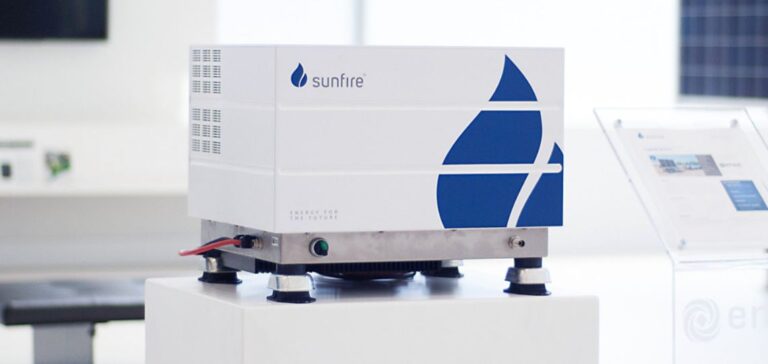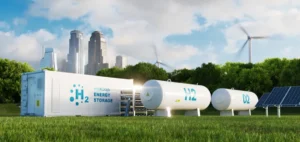Last year, electrolyser manufacturer Sunfire received an order for a 100 MW electrolyser. It is now entering a crucial phase with the preliminary design study (FEED) for a substantial 500 MW project, scheduled to be operational in 2028. This step will enable the customer to make an informed and comprehensive financial investment decision.
Strategic importance of the project
The 500 MW project represents a major step forward in European green hydrogen initiatives. The renewable hydrogen produced will support a variety of applications, including refining operations and ammonia production, contributing to industrial sustainability efforts. An extensive solar and wind infrastructure will accompany the 500 MW central pressurized alkaline electrolyser.
Details of Sunfire’s FEED study
Sunfire’s FEED study will define operational parameters, site requirements and execution guidelines in collaboration with the integration partners (EPCs). This essential work will lay the crucial groundwork for the project’s effective implementation.
Sunfire’s production capacity and future ambitions
At the same time, Sunfire continues to increase its production capacity. Last year, the company launched its automated series production of pressurized alkaline electrolyzers, which is currently undergoing expansion. With an order backlog of 700 MW of electrolyser capacity, Sunfire continues to develop solutions for the green industrial transition for a variety of customers.
Project impact and prospects
According to Sunfire CEO Nils Aldag, current projects mark the transition to larger-scale electrolysis systems, essential for the European adoption of green hydrogen solutions. This year, the company aims to build a network of strategic and efficient partners, accumulating the experience needed to deliver large-scale electrolysis systems.
The 500 MW hydrogen project led by Sunfire symbolizes a significant step forward in Europe’s efforts to adopt sustainable energy solutions, and could profoundly transform the energy sector with large-scale green hydrogen production.






















